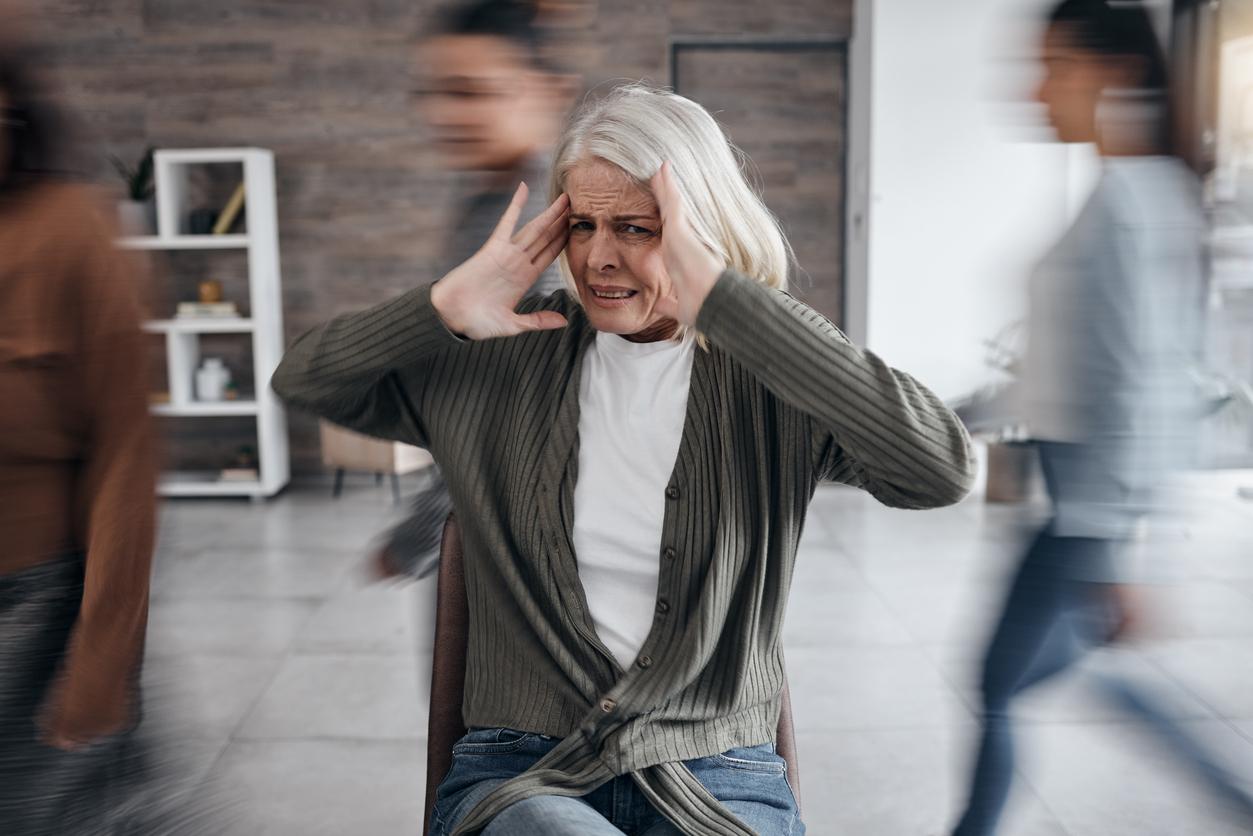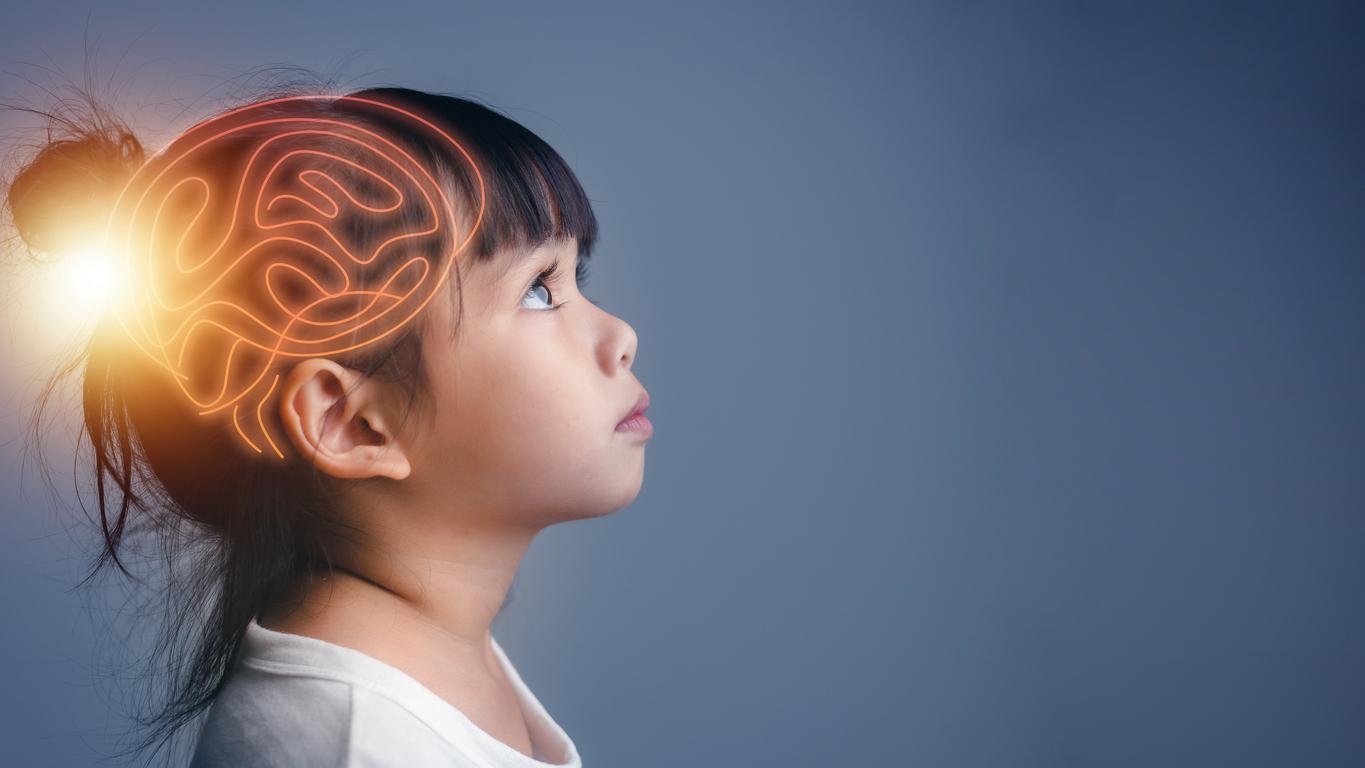One in five adults suffering from attention deficit hyperactivity disorder (ADHD) also suffer from syllogomania, that is to say a pathological accumulation of objects.

- Attention deficit disorder, with or without hyperactivity (or ADHD) is characterized by the association of three signs whose intensity and expression vary according to the child: attention deficit, motor hyperactivity and impulsiveness.
- This neurodevelopmental disorder affects approximately 5 to 8% of children and up to 4% of adults.
Old newspapers, old-fashioned clothes, crockery, books… Are you the type to keep these various objects “just in case”, and have trouble sorting through your cupboards? So maybe you have what experts call hoarding disorder. In some people, this accumulation is pathological: throwing away any object becomes impossible, which gradually reduces their living space. We then speak of syllogomania.
A new study, published in the Journal of Psychiatric Research, looked into this disorder which would concern up to 3% of French people. It concludes that people with attention deficit/hyperactivity disorder (ADHD) are much more likely to exhibit hoarding behaviors, which can have a serious impact on their quality of life, increasing their risk of develop anxiety or depression.
20% of ADHD sufferers affected
The study was led by Dr Sharon Morein of Anglia Ruskin University (ARU), UK, with 88 participants with ADHD. The latter answered a questionnaire to estimate their impulsivity, their levels of hoarding and disorder, the severity of compulsive obsessions, perfectionism, depression, anxiety and daily functioning. These results were then compared with those obtained from a control group of 90 adults without ADHD.
The results show that 19% of adults in the ADHD group had clinically significant hoarding symptoms, were on average in their 30s, and were evenly split between genders. Among the remaining 81%, the researchers found the accumulation to be more severe, but not to the point of significantly impairing their quality of life. By comparison, only 2% of adults in the control group had clinically significant symptoms of hoarding.
To confirm these results, this same experiment was then reproduced online on a larger sample of 220 adults without ADHD. Similarly, only 3% of adults had symptoms of hoarding.
Educate clinicians on the assessment of hoarding disorder
“Overall, we found that people who had been diagnosed with ADHD were more likely to also have symptoms of hoarding, points out Dr. Morein, associate professor of psychology at ARU. This is important because it demonstrates that hoarding doesn’t just affect people later in life, who are typically the focus of much of the research on hoarding disorder to date.”
For the authors of the study, the results obtained indicate that a systematic evaluation of hoarding disorder should be made in people with ADHD. Similarly, many people currently being treated for hoarding may also have undiagnosed ADHD. “Greater awareness among clinicians and people with ADHD of the link between ADHD and hoarding could also lead to more effective long-term management, as hoarding often gets progressively worse over time”concludes Dr. Morein.

.














